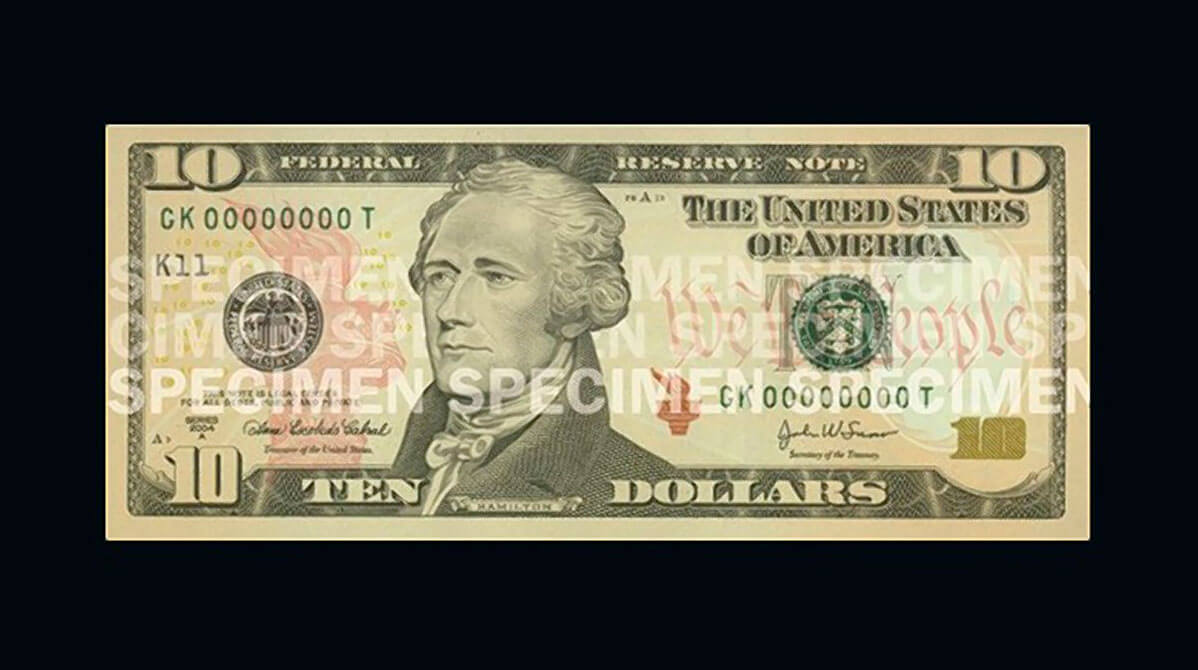Whoever said ‘silence is golden’ was not referring to talk about changing the face of a particular U.S. paper money.
Nor should the popular mantra apply to Nevisians and Kittitians who should demand affirmative action with regard to a pending decision regarding a native son.
As a matter of fact it might be helpful if all immigrants and particularly those from the Caribbean to opine and resist a decision by Treasury Secretary Jack Lew to diminish the image of Alexander Hamilton on the $10.
Lew announced that the $10 bill was due for a redesign and the most likely change would be to add a symbolic portrait of a woman to the bill.
That Hamilton was a founding father and also created the U.S. central banking system and the first national bank may be issues to argue in defense of his prominent position on the legal tender. However, even more firm to his retention is that he was the very first secretary of the treasury and the only immigrant honored on a U.S. treasury bill.
Hamilton was born Jan. 11, 1755 in Charlestown, Nevis, twin island to St. Kitts in the Caribbean. His Caribbean connection extends to St. Croix where he was raised and from some accounts Barbados where his mother allegedly visited.
After migrating to America as a teenager to study at Columbia University he immersed himself into politics and during the Revolutionary War when he was still in his twenties became aide-de-camp to General George Washington, the father of the nation.
Hamilton died at age 47 after dedicated service to New York and the nation.
While there is a need to honor women in a significant and prominent way, Hamilton advocates are proposing that the $20 bill get the treatment.
Lew said the $10 bill is one of the most frequently used bills.
According to the treasury secretary, it is used more than the $20 bill and also has more sophisticated security features.
Graced by the image of President Andrew Jackson, it may be seen as more easily replaceable for a make-over.
For a myriad of reasons, some want him replaced and off the currency.
Jackson was the nation’s seventh president.
Reportedly, “he led a successful campaign to kill off the nation’s central bank and stridently argued against the dangers of a paper currency, which he said concentrated too much power in the hands of bankers.”
There are those that claim Jackson does not deserve to be on any bill because in “1838 and 1839 as part of Jackson’s Indian removal policy, the Cherokee nation was forced to give up its lands and walk to Oklahoma.”
Allegedly, 4,000 Cherokees died from hunger, disease and exposure during the migration.
Federal agencies in 2013 recommended starting with the $10 bill as part of a broader currency redesign that will include features for the blind and visually impaired.
The last bill the U.S. redesigned was the $100 bill, after the Sept. 11, 2001, terrorist attacks, when the theme was “freedom.”
Since the announcement, several women have proposed candidates to fit the bill.
By law, the only limitation is that the woman cannot be a living person.
A group called Women On 20s has been urging President Barack Obama to replace President Andrew Jackson on the $20 bill with a woman.
Organizers sent a petition to the White House last month calling for the change.
Respondents to their online poll chose African American abolitionist Harriet Tubman as their choice for the pioneering woman to grace the bill.
























